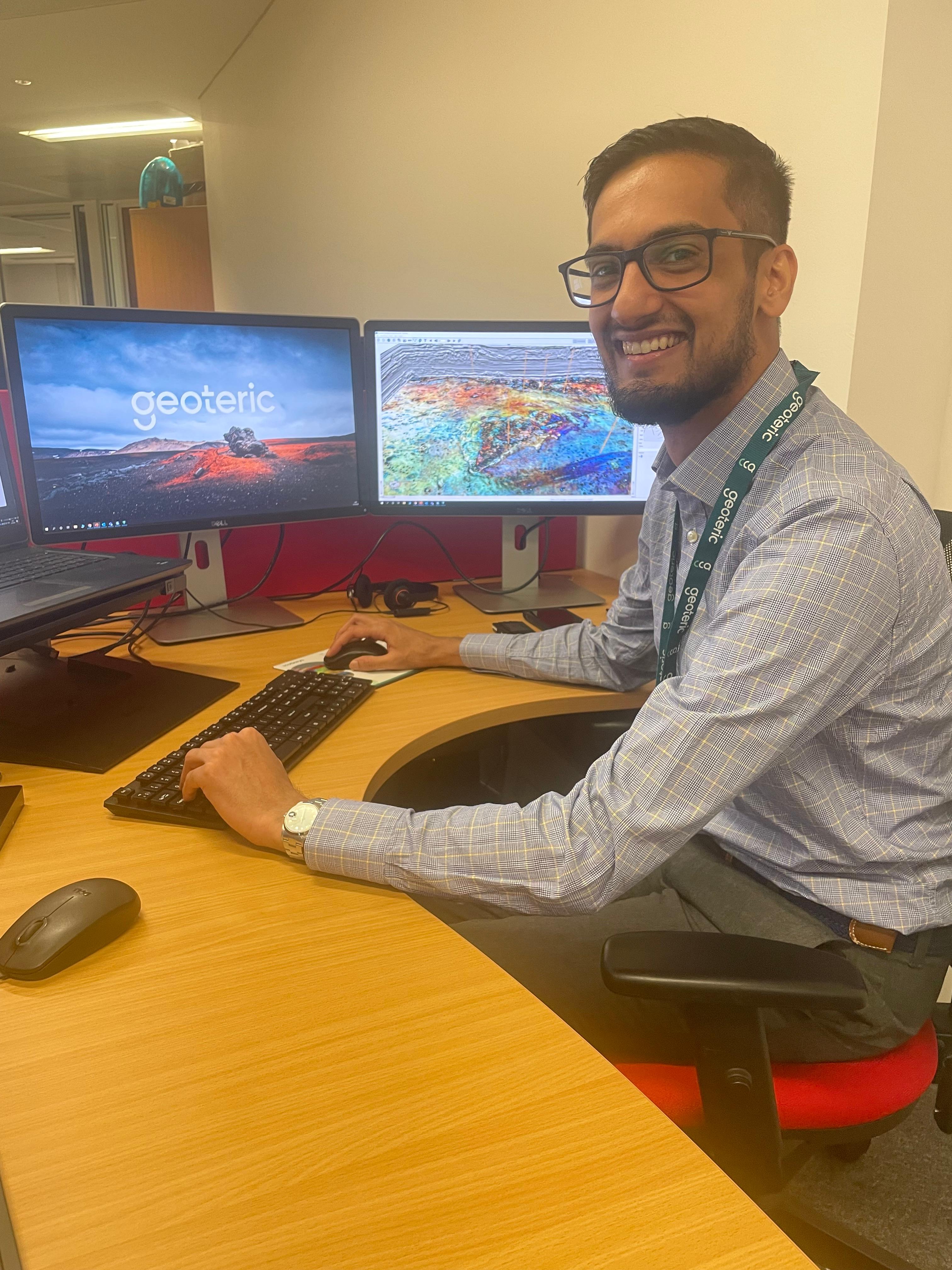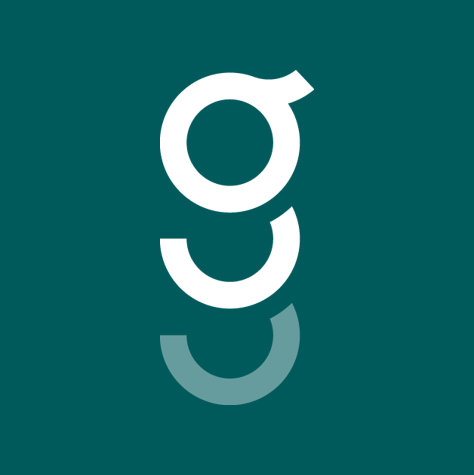Last month, we launched our latest software update 2022.2 with two new trained and untrained neural networks, giving geoscientists more freedom and autonomy over how they interpret seismic data. We caught up with Senior Geoscientist, Abdulqadir Cader, who discusses how our customers are benefiting from the new release, what he enjoys most in his role and how Geoteric AI is adding real business value to our clients’ projects.
Geoteric 2022.2 launched at the end of September – how have updates in functionality benefitted customers?
Geoteric 2022.2 is a customer-driven software update; they asked, and we listened.
The main features of the release are two new neural networks for customers with AI Faults – 3D Networks. One is pre-trained, and the other is untrained, both with different benefits to the customer.
Meranti, which is the trained network, allows geoscientists to use in-line and cross-line fault sticks, the method traditionally used when interpreting faults. Ultimately, we’re shortening our customers’ project cycle times as they can use their existing bank of fault sticks to fine-tune the network.
The main advantage to our customers using Acorn, the untrained network, is that users can train it exclusively to a particular faulting style on their own seismic dataset, using in-line and cross-line fault sticks completely without bias. Essentially, what we’re giving our customers in this update is more choice and freedom over how they interpret seismic data and I’d like to think more enjoyment in the process!
What new feature of 2022.2 do you think is most important – and why?
I think that the two new networks are both important as they meet our customers’ needs. Meranti aligns with how most interpreters are used to working when interpreting faults so it can decrease their project cycle times, giving them time to focus on other areas that require attention.
On the other hand, Acorn is valuable for companies who want to train their own network on their own seismic data without bias. Also, the ability to create a network from scratch then share it with colleagues and even across projects means that crucial learning or knowledge is retained within an organisation.
Can you tell us about how you embarked on a career in geoscience?
Living in Dubai when I was younger, I had a lot of exposure to the hydrocarbon industry which piqued my interest and led me to select Geology as one of my A level subjects.
At Royal Holloway, University of London I studied Petroleum Geology and went on to complete a Masters in Petroleum Geoscience that was sponsored by Geoteric. After that, I knew I wanted to stay in the energy sector and Geoteric ticked all the boxes for me – fascinating geology, exciting projects and, AI!
You are meeting someone for the first time, and they ask what you do. How do you describe your role?
would say I’m a geoscientist working in an AI software company where my main role is to conduct project and consultancy work for our clients, using our innovative technology to shorten their project cycle times.
Abdulqadir Cader, Senior Geoscientist at Geoteric
What do you find most fascinating about this line of work?
Being able to travel around the world to locations with unique datasets and fascinating geological features is certainly the most exciting aspect of my role. I recently got back from Egypt, and before that, I was working out of Italy. With the pandemic mostly behind us, it’s nice to be able to travel and meet clients again.
And what makes you most proud of the work you do?
I’m most proud of the high-quality project work I deliver to our clients, helping them to make business-critical decisions. Additionally, the technical articles I’ve published with my esteemed colleagues on AI workflows.
Has joining the Geoteric team been a learning curve in terms of adding knowledge and understanding of AI and its application for seismic interpretation?
Yes, it has. From my point of view, it’s been useful to learn terminologies specific to AI including fine-tuning, training, networks etc. It’s been great to add to my knowledge, which transfers to our customers’ knowledge of AI too.
In your opinion, what’s the most important thing that Geoteric can offer its customers?
Robust, data-driven results that aren’t just limited to AI. Our classic modules share solid, geologically-meaningful data that allow users to truly gain an enhanced understanding of the sub-surface.
What advice would you offer a young person thinking about a career in geoscience?
It’s not just all about oil and gas. My job allows me to work on datasets in the renewables space too. Recently I worked on datasets looking at carbon capture and storage (CCS) as well as boulder detection for offshore wind farm placement, demonstrating how Geoteric can support these applications.
It’s important to remember that there is a global transition going on, and skills for oil and gas, particularly in geoscience, are transferrable to many fields within the energy sector.
Tell us something about yourself that would be a surprise to most people.
I was born and brought up in Hong Kong. After that, I lived in Dubai for six years before coming to the UK for university. I’ve pretty much been in the UK ever since, except for the two years I was based in Geoteric’s Malaysia office in 2016-17.

